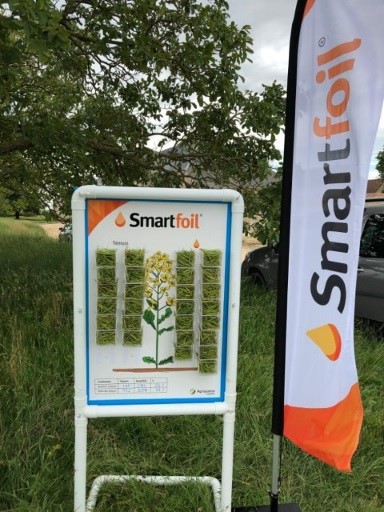


Temperature variations, drought, frost, wind and more. Climatic variations always have an impact on agricultural ecosystems and the growth of crops, creating uncertainty about the quality of the yields. What is the impact of these abiotic stresses on the crops?
Abiotic stress is caused by changes in weather or extreme environmental conditions such as drought, significant variations in temperature, frost, wind, hail, too much water, high salinity, etc. These changes in climatic conditions destabilise the crops’ environment, creating stresses which affect the productivity of the plants, particularly during sensitive periods such as flowering and setting.
This summer of repeated heatwaves have provided evidence of the impact of extreme agro-climatic conditions on yields. Periods of drought which seem to be likely to be repeated each year. In addition to these are milder stresses such as significant variations in temperature within the same day, which plants must cope with during their growth phase and which can nevertheless have serious consequences for crops. It is estimated that 50% of yield losses are attributable to abiotic stresses. These climatic variations impact on the metabolism of the plants, which can then lead to the failure of the flowers or an erratic growth of the fruits. Furthermore, these abiotic stresses can occur at different stages of the crops’ growth and can therefore can cause several waves of losses:
Part of the damage caused during flowering can therefore be attributed to abiotic stress. So, how can the impact of these abiotic stresses on crops be reduced? While biostimulants are not the sole solution, they nevertheless represent an excellent solution for increasing the tolerance of plants to these climatic variations in order to limit yield losses.

« Smartfoil: proven results »
Faced with the loss of certain phytosanitary products and the appearance of new solutions, we were looking for an alternative which could combat abiotic stresses, whilst keeping down watering costs. The results with Smartfoil have been very satisfactory because we have seen a difference in yield of +300 kg between those plots where the biostimulant has been applied and those without it.
The products of biostimulation provide plants with improved resistance to the impacts of drought, variations in temperature, frost and wind during the flowering phase. An additional safety mechanism to limit the failure of flowers and to improve the quantity but also the quality of the yield.